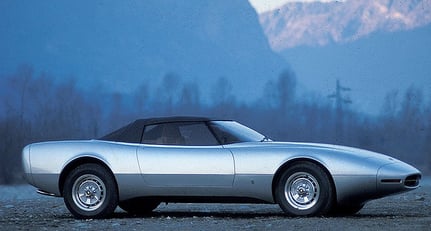In hindsight, creating a replacement for what has since become one of the world’s most iconic cars was never going to be an easy job for Jaguar. The car unenviably tasked with following in the E-type’s footsteps was the XJ-S, which made its debut in 1975. It was criticised for its styling, as was Jaguar’s decision to use a big-capacity V12 engine in the midst of a fuel crisis. Add to that the fact that it was already at a disadvantage because of its mere existence – many didn’t want the beloved E-type to be replaced at all – and you can see why the XJ-S never achieved the praise its forerunner enjoyed.
And, despite the reputable modern-day offerings of the Jaguar portfolio, the firm is still yet to attempt to resurrect the E-type. Even the C-X16 concept has turned out to be a pretty sports coupé in the vein of the Porsche Cayman, as opposed to an elegant, mile-wolfing GT car.
But rather than looking forward to find a proper E-type successor, perhaps we should instead be looking at the past. Wind the clock back to 1978, and you see the three-year-old XJ-S being subjected to persistent criticism; of which legendary coachbuilder Pininfarina was taking note. It seems Jaguar, too, was reacting to the Italian carozzeria’s intention of creating its own interpretation of an E-type successor by granting it one of the XJ-S development mules.
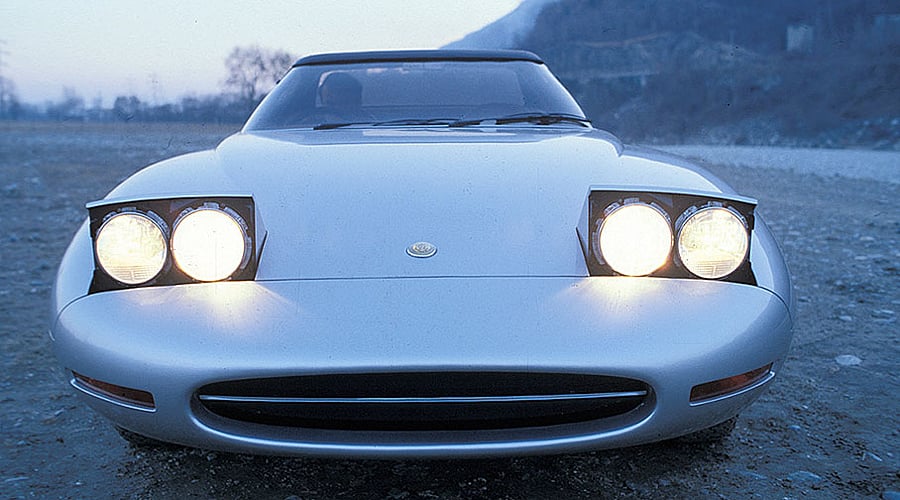
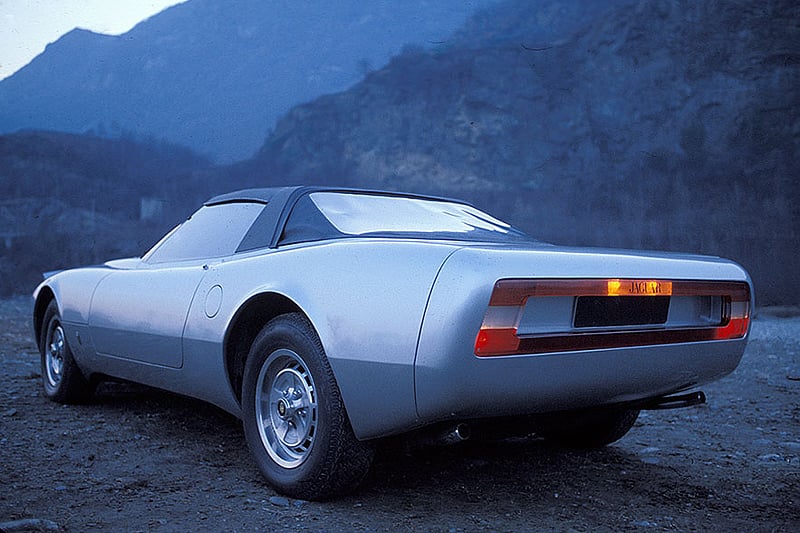
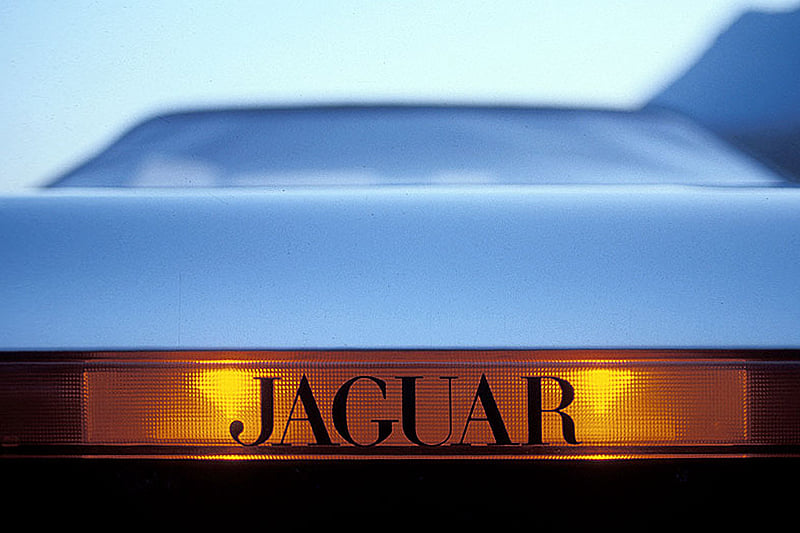
With underpinnings in place, the formidable trio of Leonardo Fioravanti, Sergio Pininfarina and Renzo Carli went about designing the bodywork. They reverted to the oval-shaped front air-intake of the E-type, and dropped the sober lines of the XJ-S in favour of the more bulbous curves of the original – including the swooping arcs which peaked above the wheels. The three also gave the car a huge boot to maximise grand touring potential, but this led to a side profile remarkably reminiscent of the same generation Corvette. Though perhaps this was intentional; after all, Jaguar wanted to break into the American market, and what better way to do it?
Underneath the bodywork resided the 5343cc V12 of the donated mule, which produced 284bhp and was mated to a five-speed gearbox. Despite sharing the same chassis, the Pininfarina XJ Spider was shorter, wider and rode lower than the XJ-S, giving it sportier intentions. As its new name suggested, it was given a convertible roof (beating Jaguar’s targa-roofed XJ-S by some 5 years), as well as some pop-up headlights and interesting instrumentation inside.
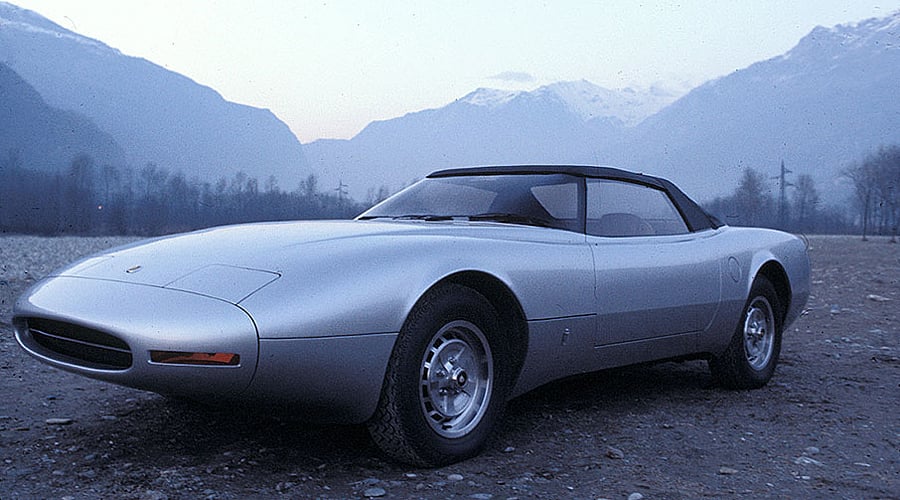
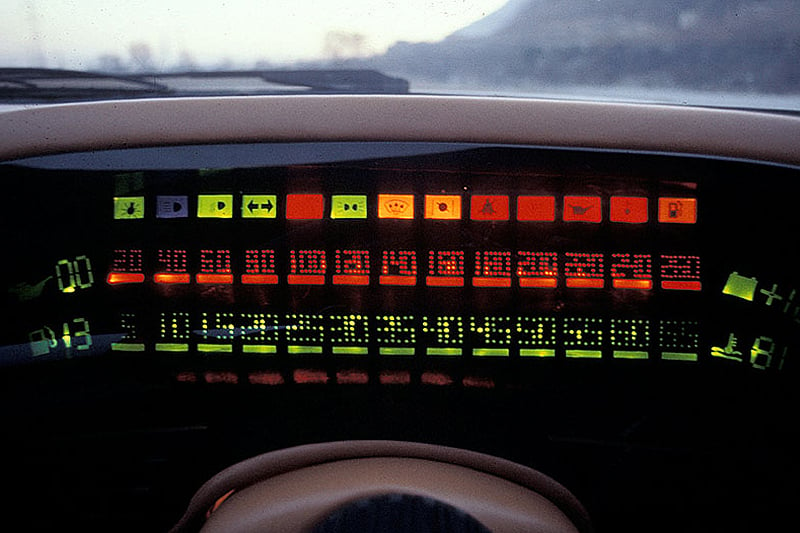
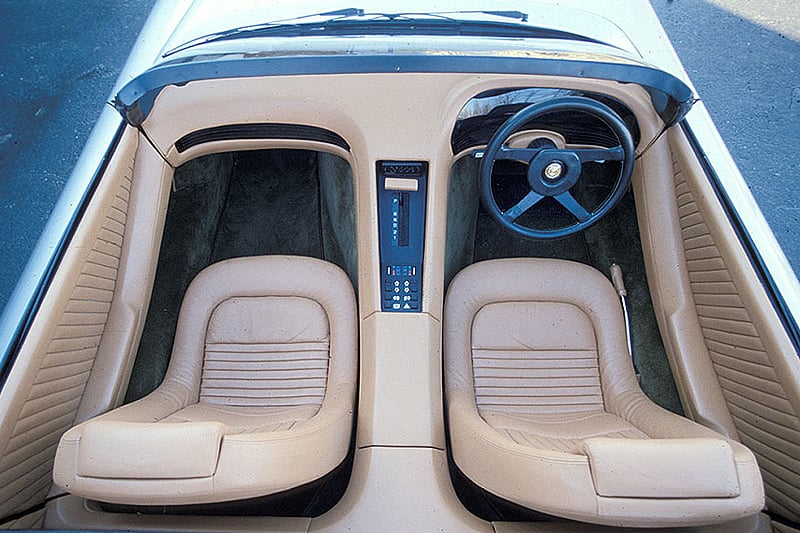
Making its debut at the British Motor Show in 1978 (incidentally the first held in Birmingham’s N.E.C.), the XJ Spider took full advantage of that year’s record-breaking attendance of over 900,000. Public reception was good, and this led to Jaguar developing a series of prototypes at Browns Lane, which went by the XJ41 (coupé/targa) and XJ42 (convertible) internal codenames. These experimental cars took many cues from the Pininfarina car, but also addressed the Corvette-esque rear end and replaced the square pop-up headlights with oval ones – a feature later used on the XJ220. The intention was for the finished car to bear the F-type model name and slot into the model range between the XJ40 and XJ-S.
The F-type project began in 1980, but when a review of live projects by new owner Ford took place nearly a decade later, it still wasn’t complete. The American giant swiftly condemned the F-type project to the automotive graveyard, but that wasn’t to say the drawn-out development process was in vain. Having also acquired Aston Martin in the late eighties, Ford was in need of some existing technology to save costs, and delved into the Browns Lane parts inventory when developing the DB7. Reportedly some of the XJ41/42’s engineering was carried over to the Aston, making the XJ Spider an unexpected link between the E-type and the DB9 predecessor.
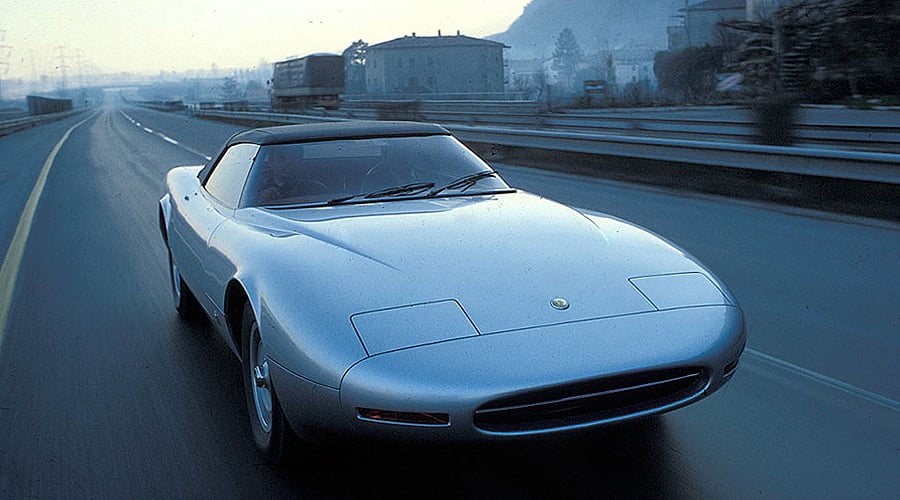
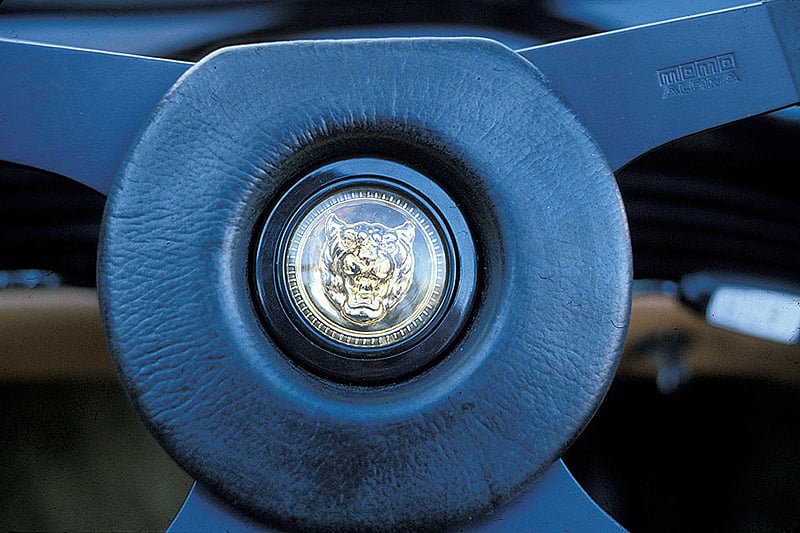
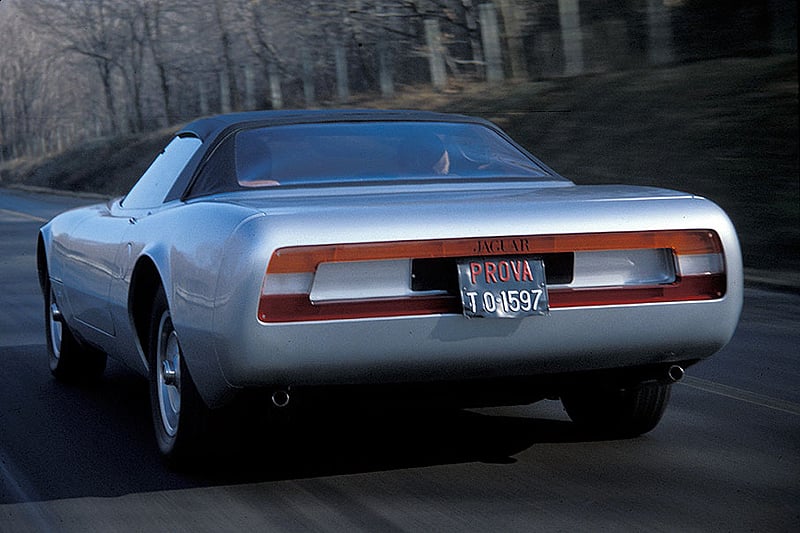
It may have had styling too American for a Jaguar, but the XJ Spider concept very nearly inspired a car which had a chance of becoming a proper E-type successor, had Jaguar been more focused in the XJ41/42’s development. Thankfully, Jaguar is a much more decisive company nowadays, which means there’s still a chance that Ian Callum et al will produce one in the future. But until then, we still have Pininfarina’s offering to promote conjecture.
Photos: Rainer Schlegelmilch
The photographer Rainer Schlegelmilch is considered to be the ‘eye of Formula 1’: since the Sixties, he has documented racing history with his camera, but his lens often looked beyond motor sport. Now, exclusively for Classic Driver, he opens his archives to show a series of futuristic concept cars that he photographed throughout the late Seventies.
Classic Concepts series
No. 1: 1969 Holden Hurricane
No. 2: 1976 Ferrari Rainbow by Bertone
No. 3: 1980 Aston Martin Bulldog
No. 4: 1959 Chevrolet Corvette Stingray
No. 5: 1976 Maserati Medici II
No. 6: 1952 Alfa Romeo C52 Disco Volante
No. 7: 1967 Lamborghini Marzal
No. 8: 1971 Matra Laser by Michelotti
No. 9: 1993 Aston Martin Lagonda Vignale
No. 10: 1968 Alfa Romeo Carabo
No. 11: 1981 Mercedes-Benz Auto 2000
No. 12: 1985 Saab 900 Turbo 16 EV-1
